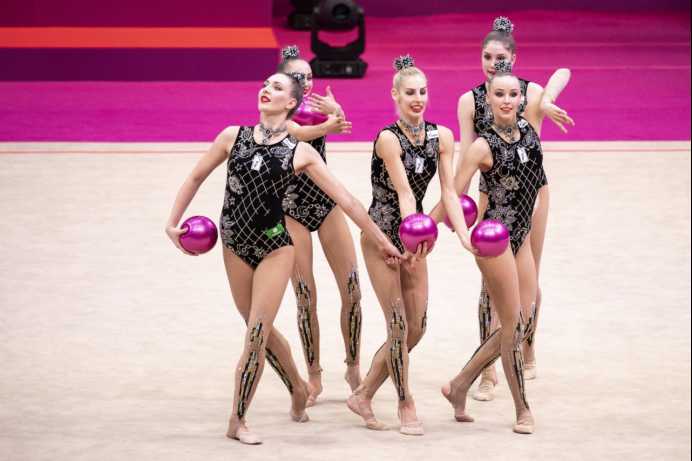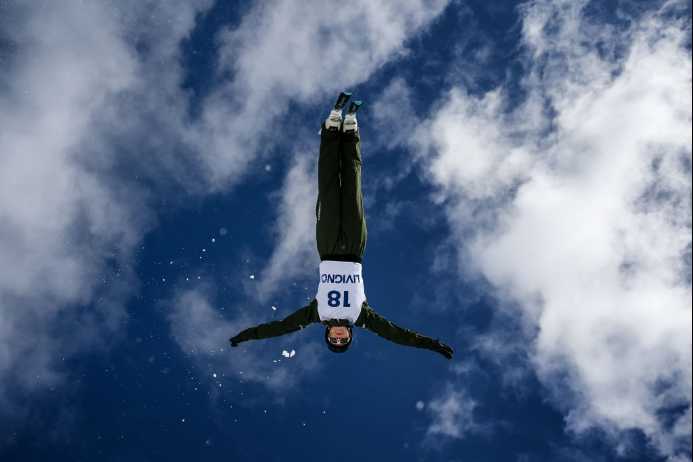The operating budget for the 2026 Milan - Cortina Winter Olympics excludes the construction costs of several key facilities. This includes the 118 - million - euro sliding center in Cortina d'Ampezzo and the new San Giuliano ice hockey arena, which is expected to cost around 300 million euros. Additionally, it does not cover expenses for road and railway infrastructure projects. These projects, mainly funded by the Italian government, aim to enhance transportation access to venues scattered across northern Italy.
The Italian government has provided substantial support. After some initial turbulence, since Prime Minister Giorgia Meloni took office, the government has regarded the Olympics as a national priority and allocated significant funds for venue construction, especially for related infrastructure projects.
Unlike previous Winter Olympics such as Sochi 2014, PyeongChang 2018, or Beijing 2022, which were characterized by massive investments in new venues, the 2026 Milan - Cortina Winter Olympics will rely heavily on existing facilities. Many of these venues have hosted World Cups and world championships over the years. Organizers claim this approach allows for more rational use of resources and helps avoid unnecessary large - scale construction projects, presenting a more sustainable and cost - effective model for hosting the prestigious sporting event.




